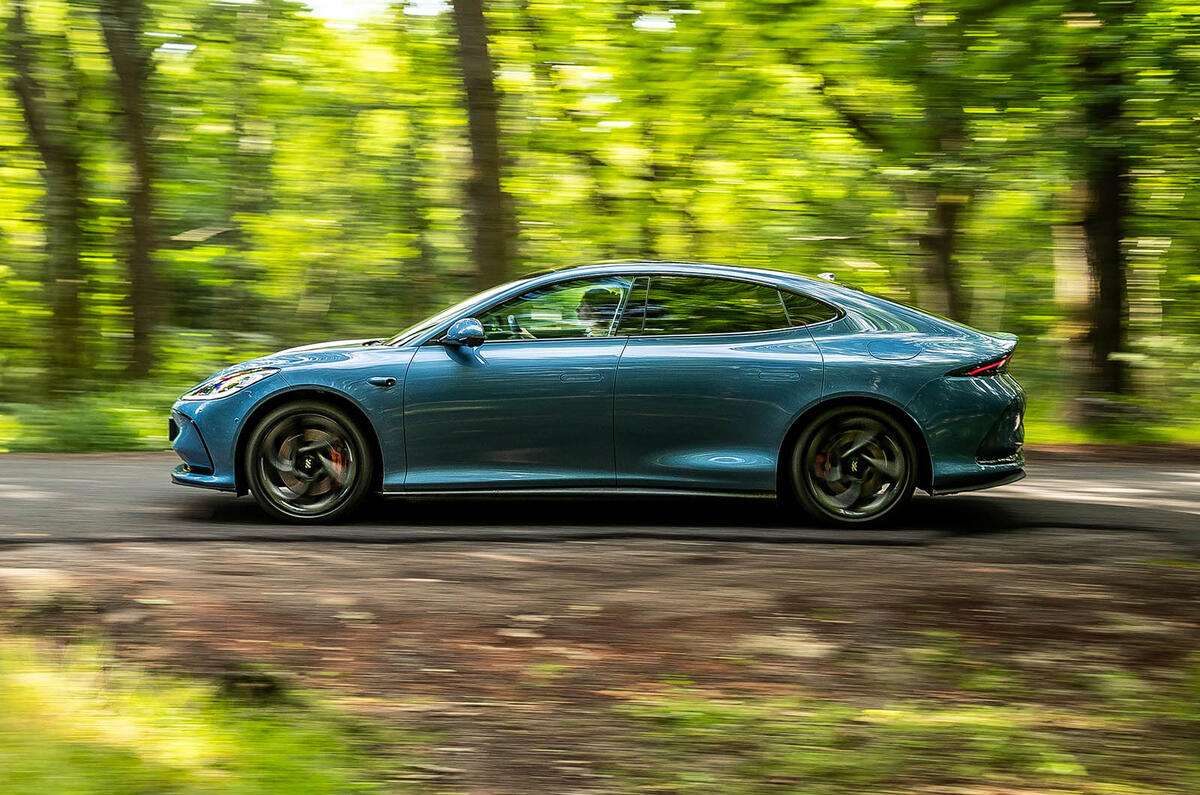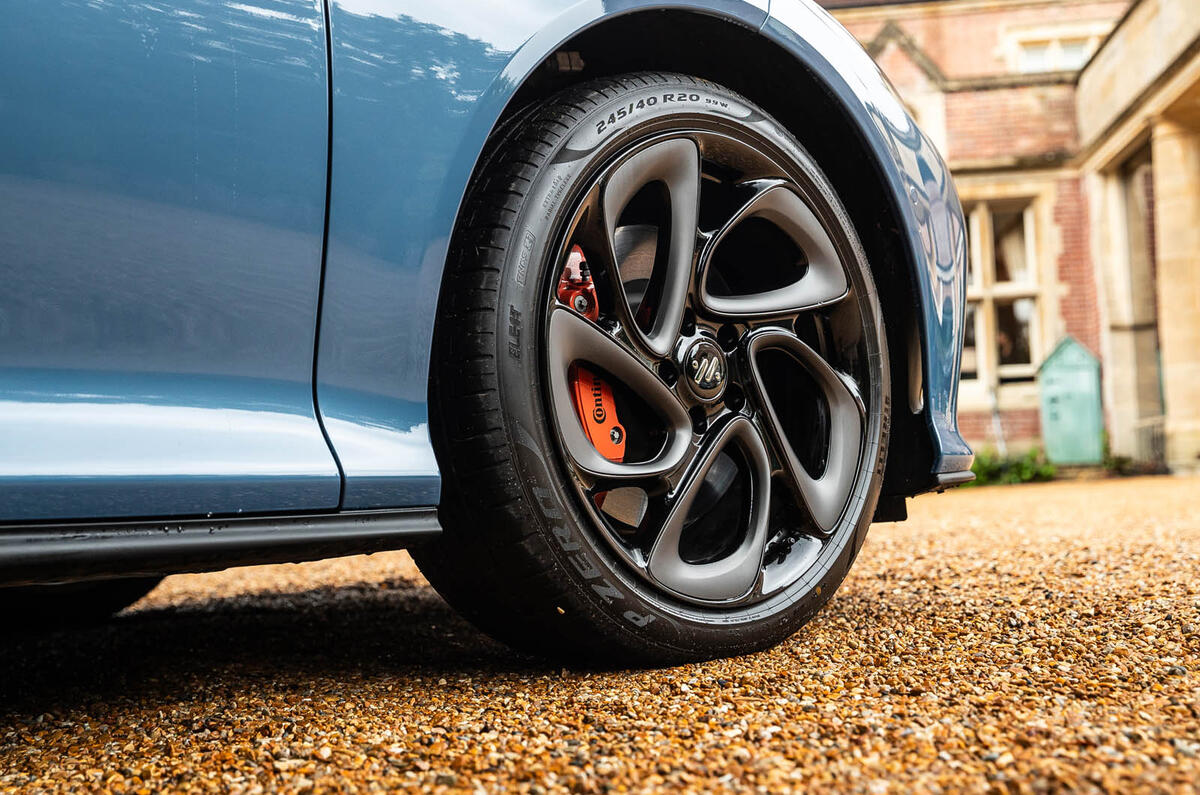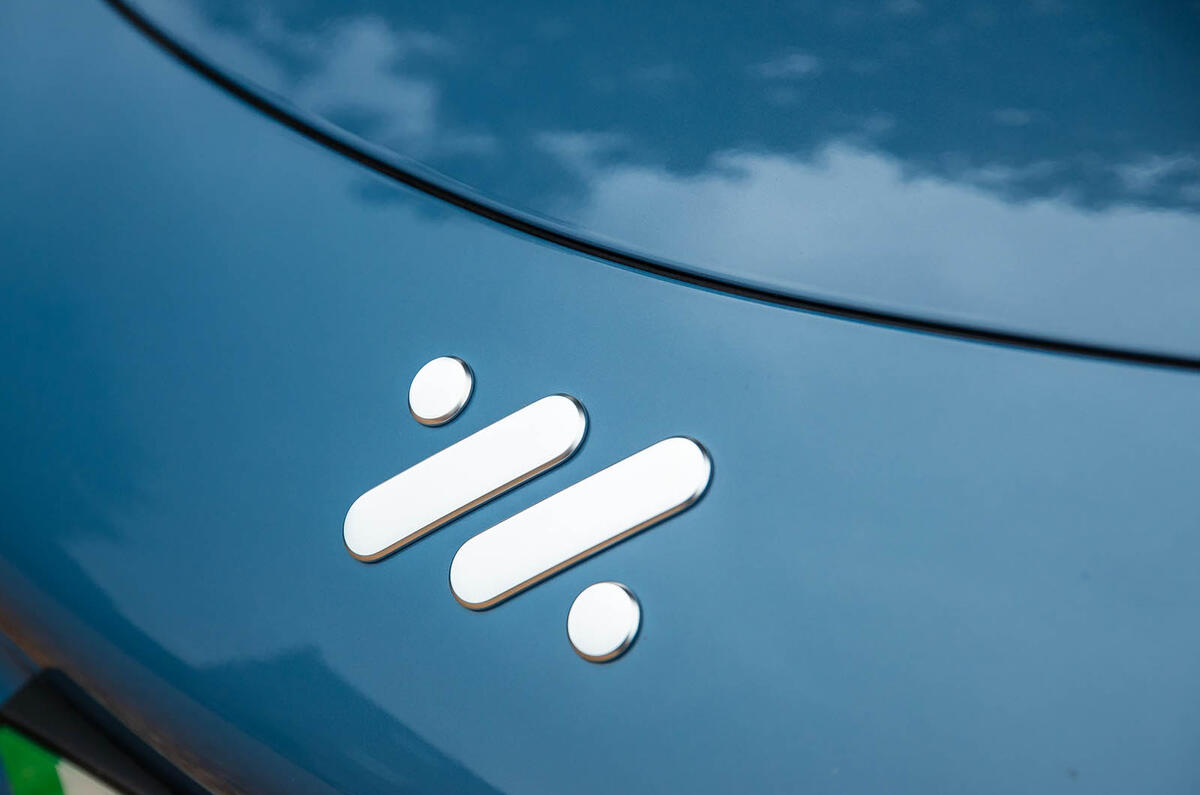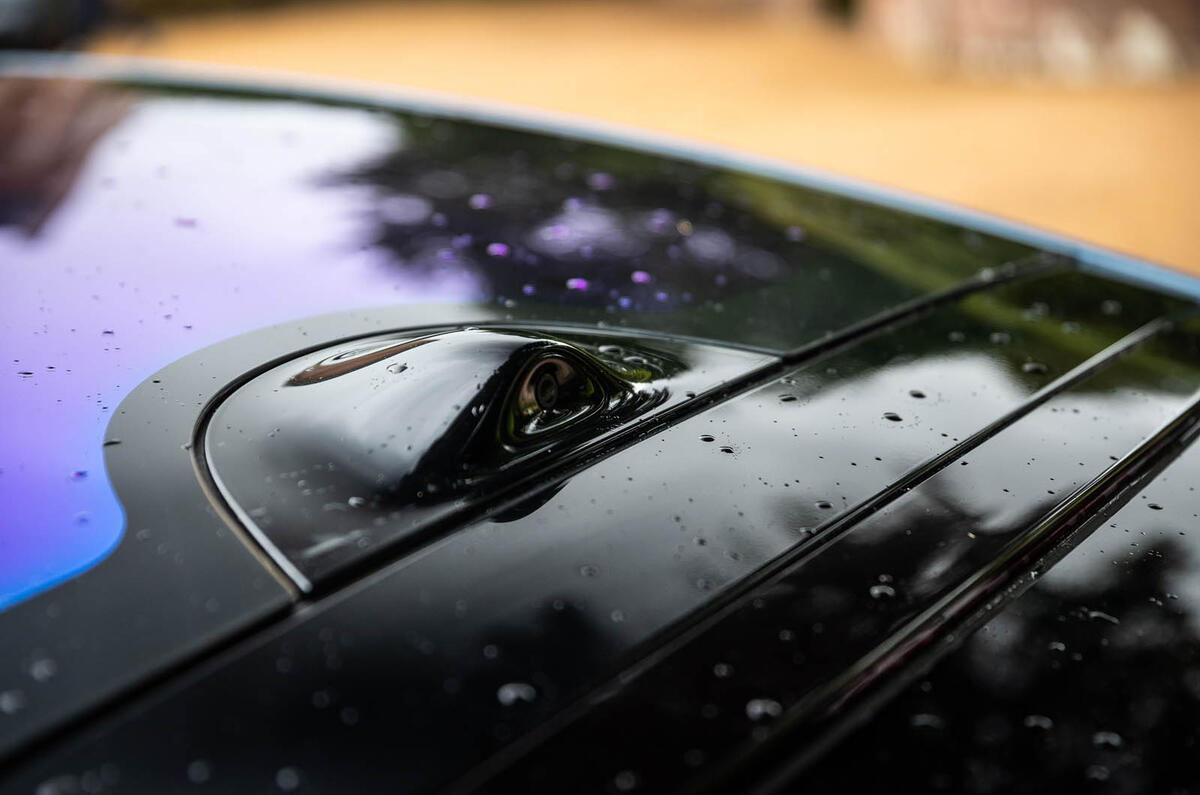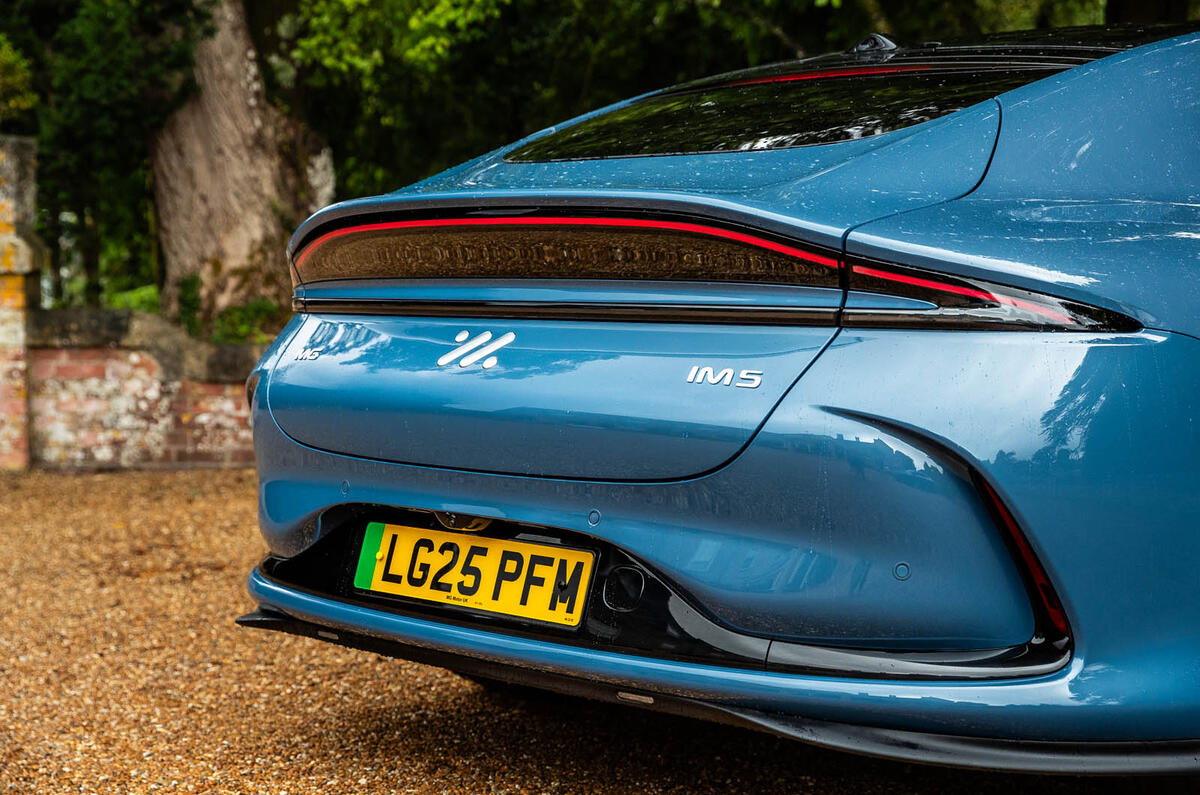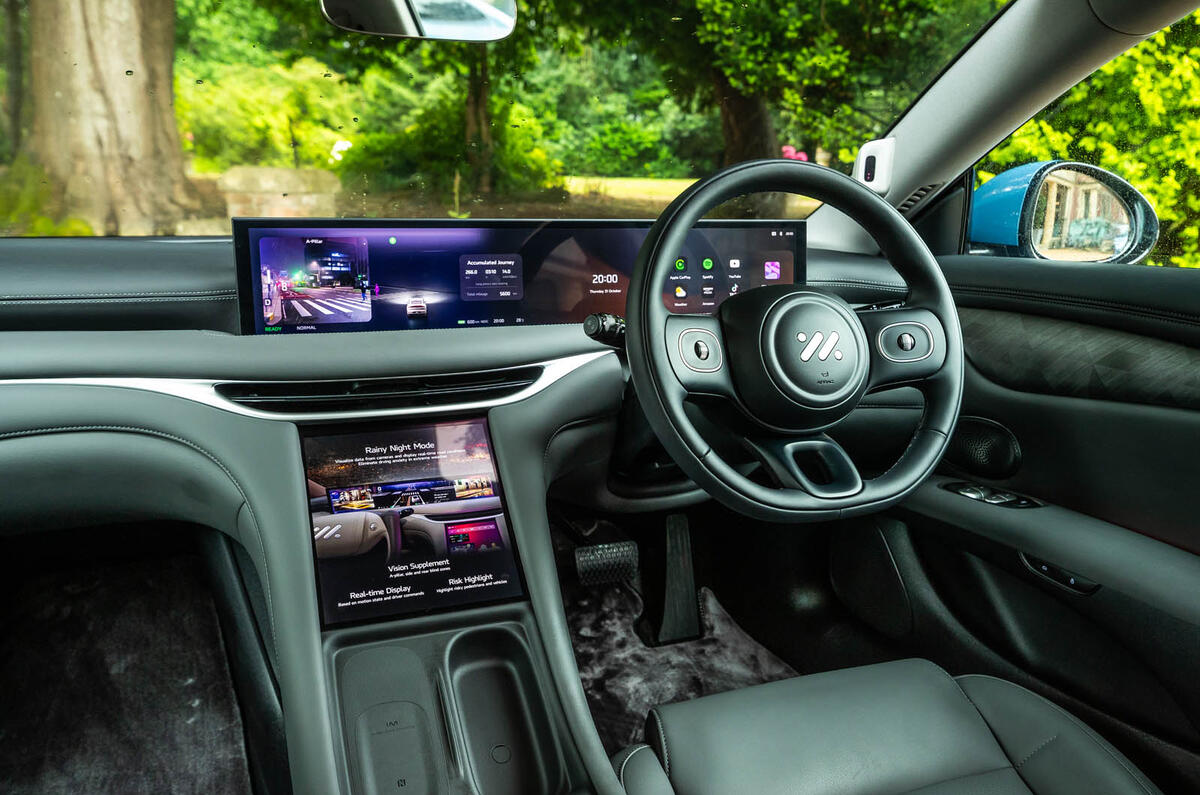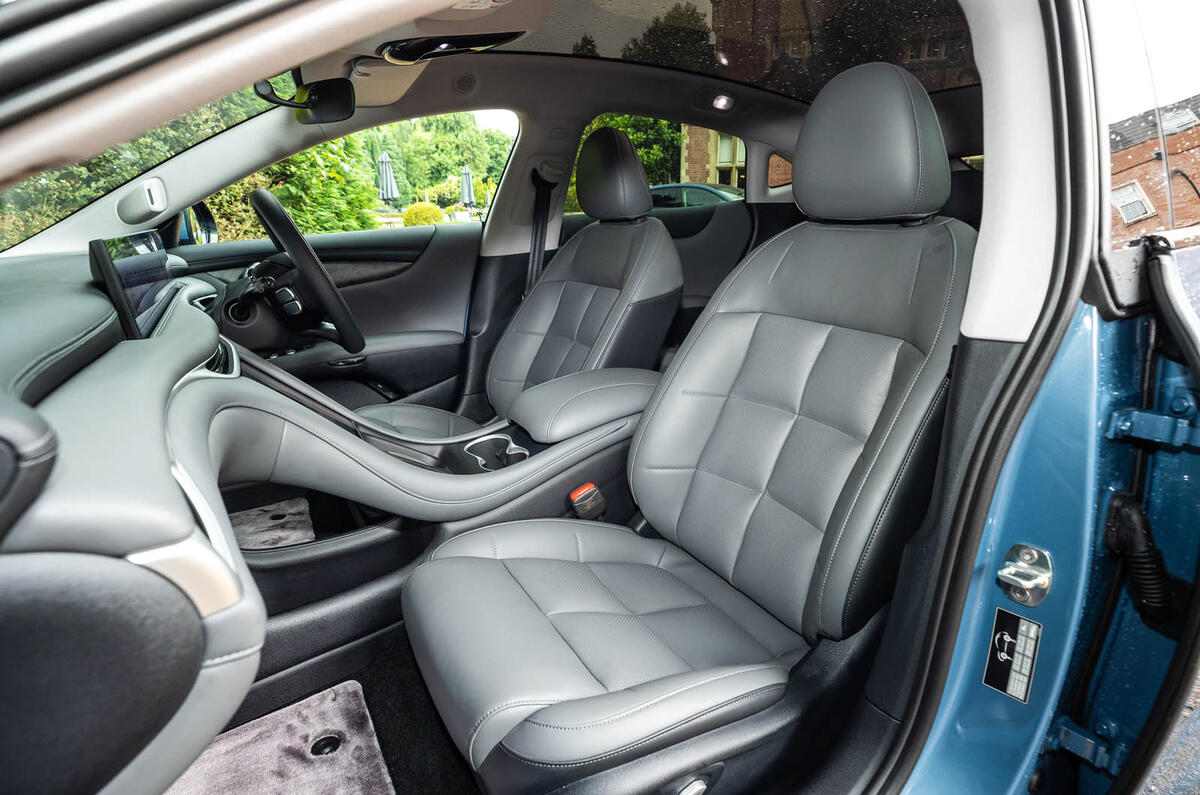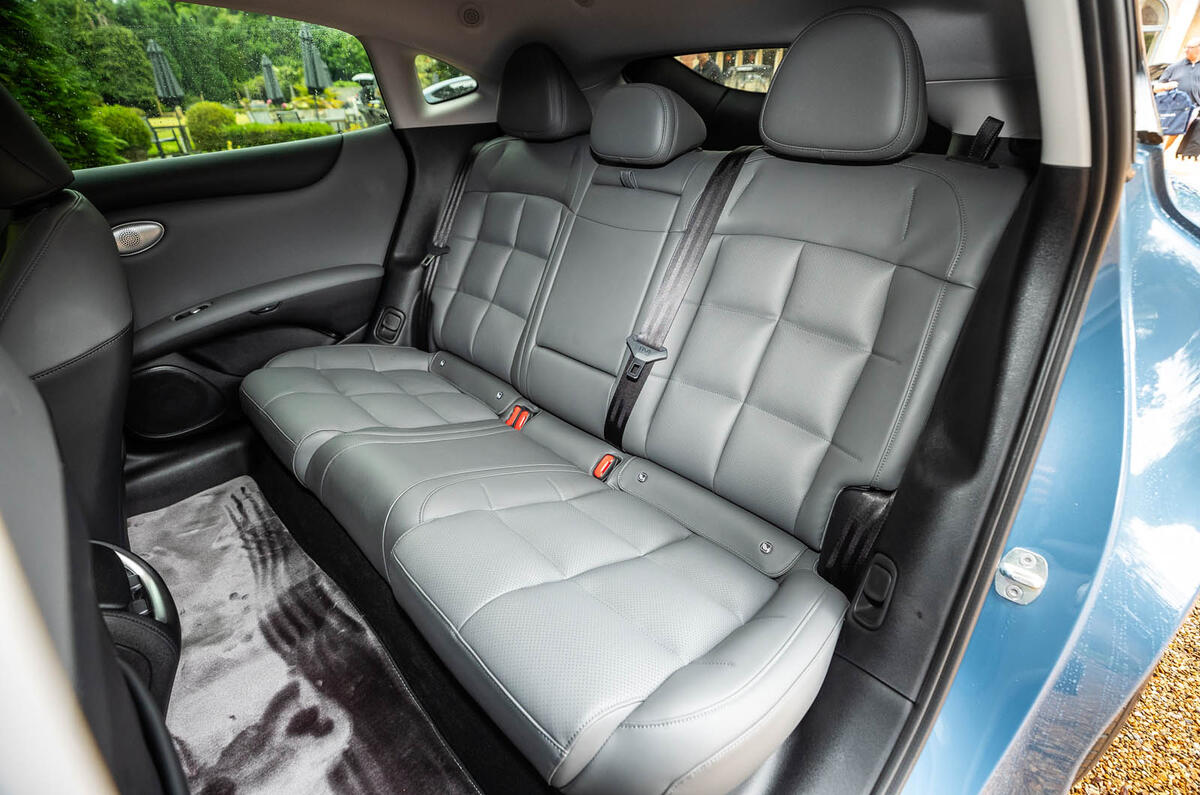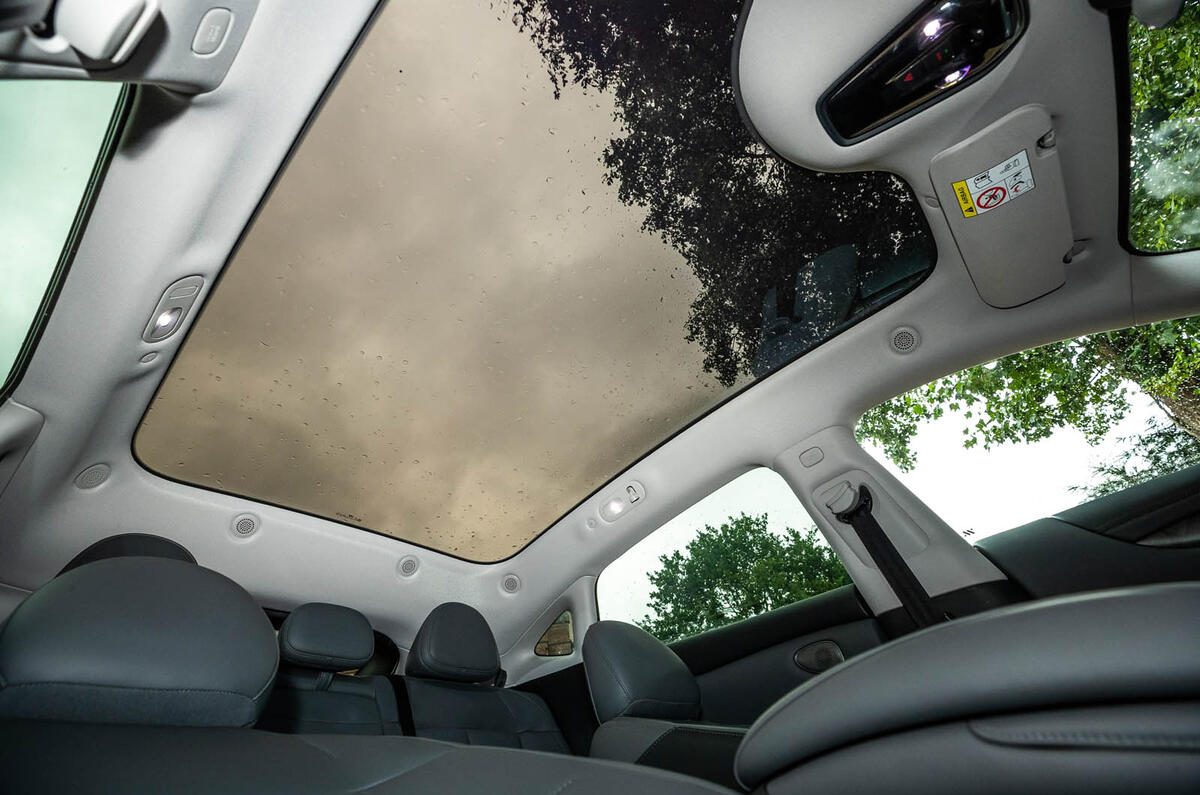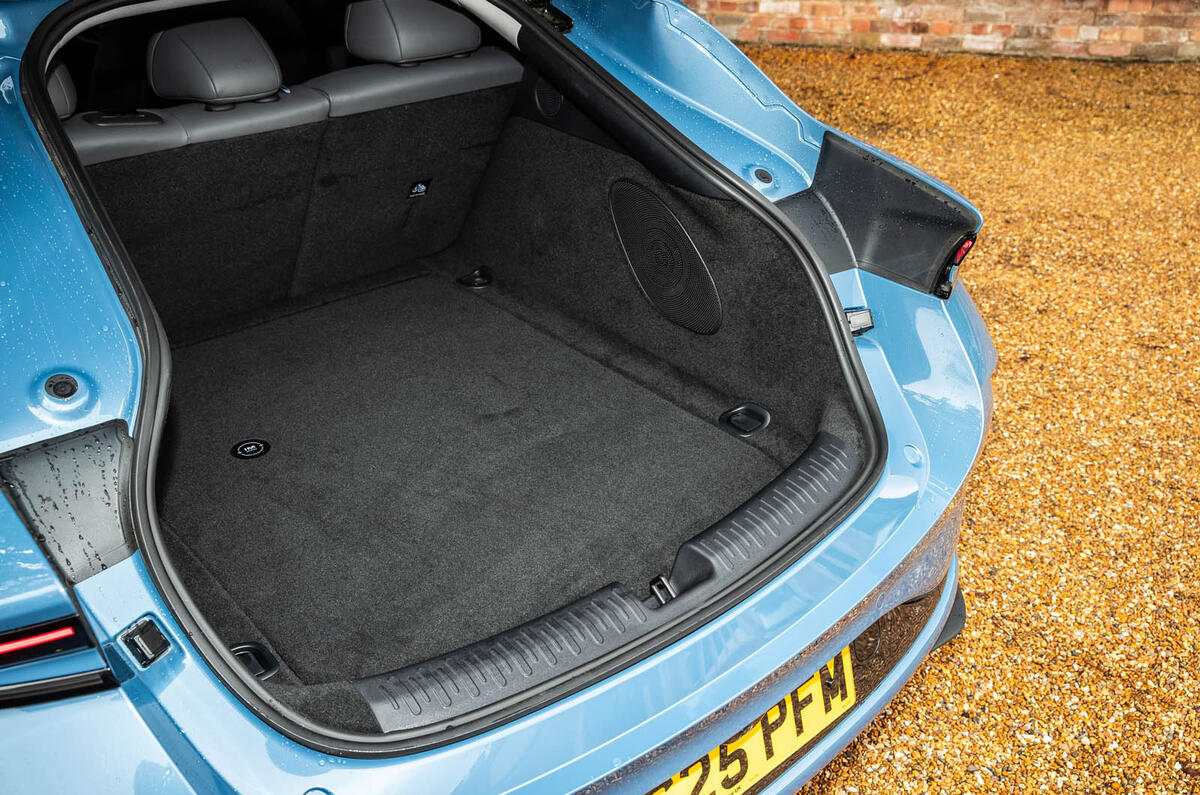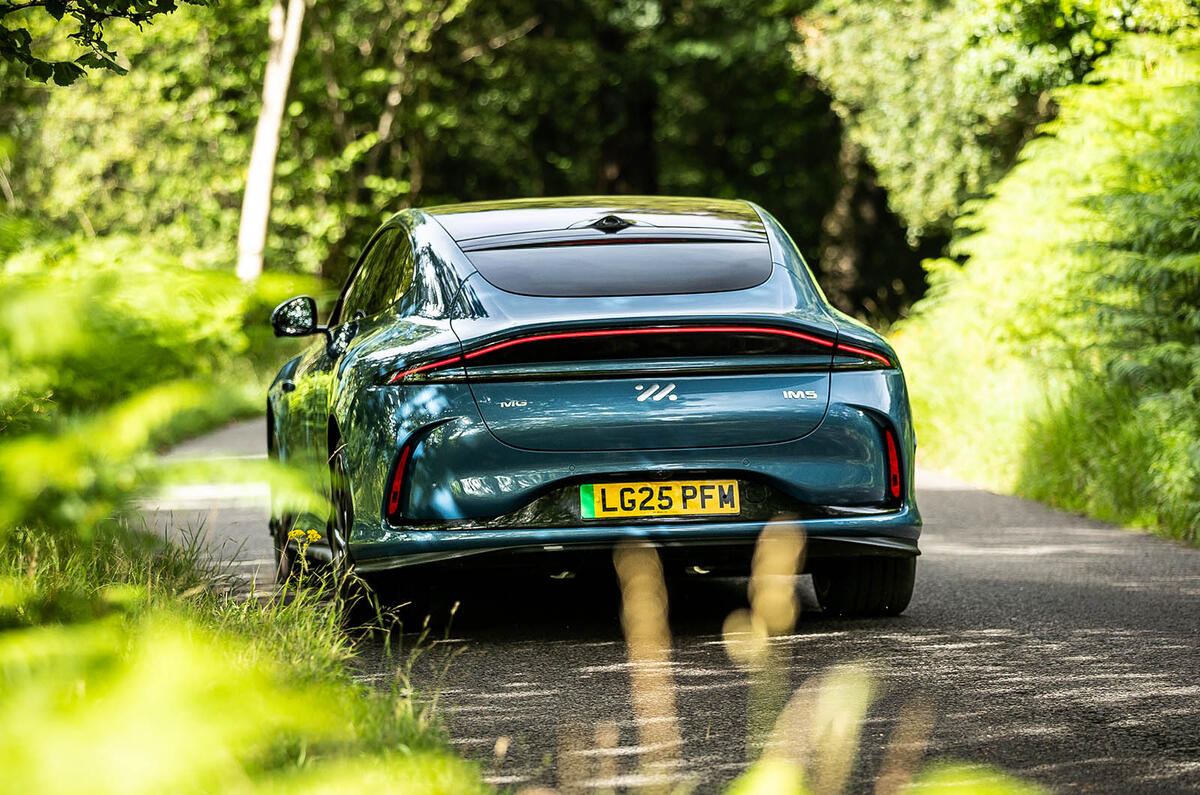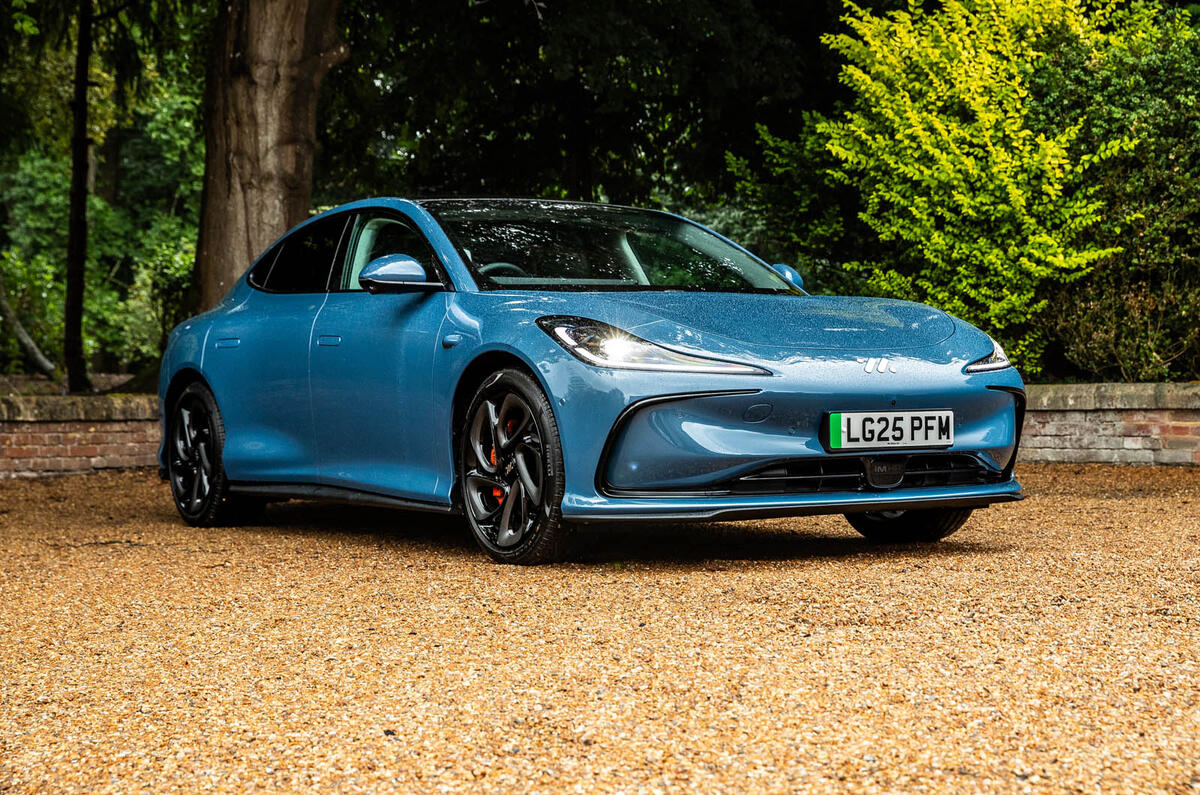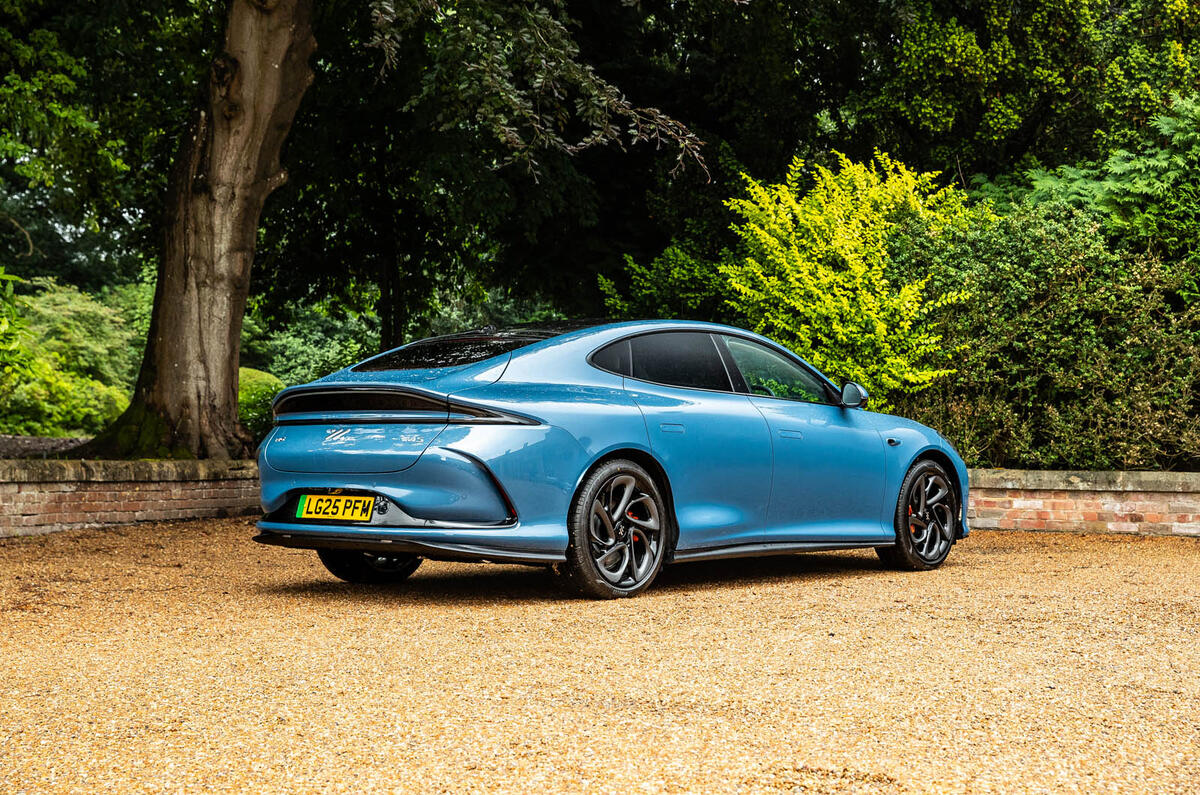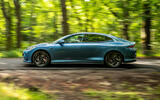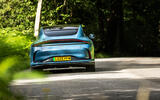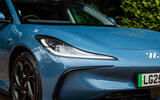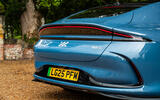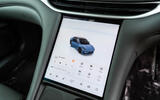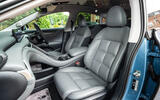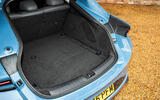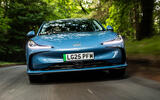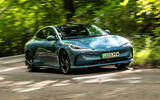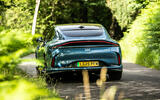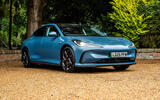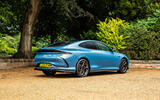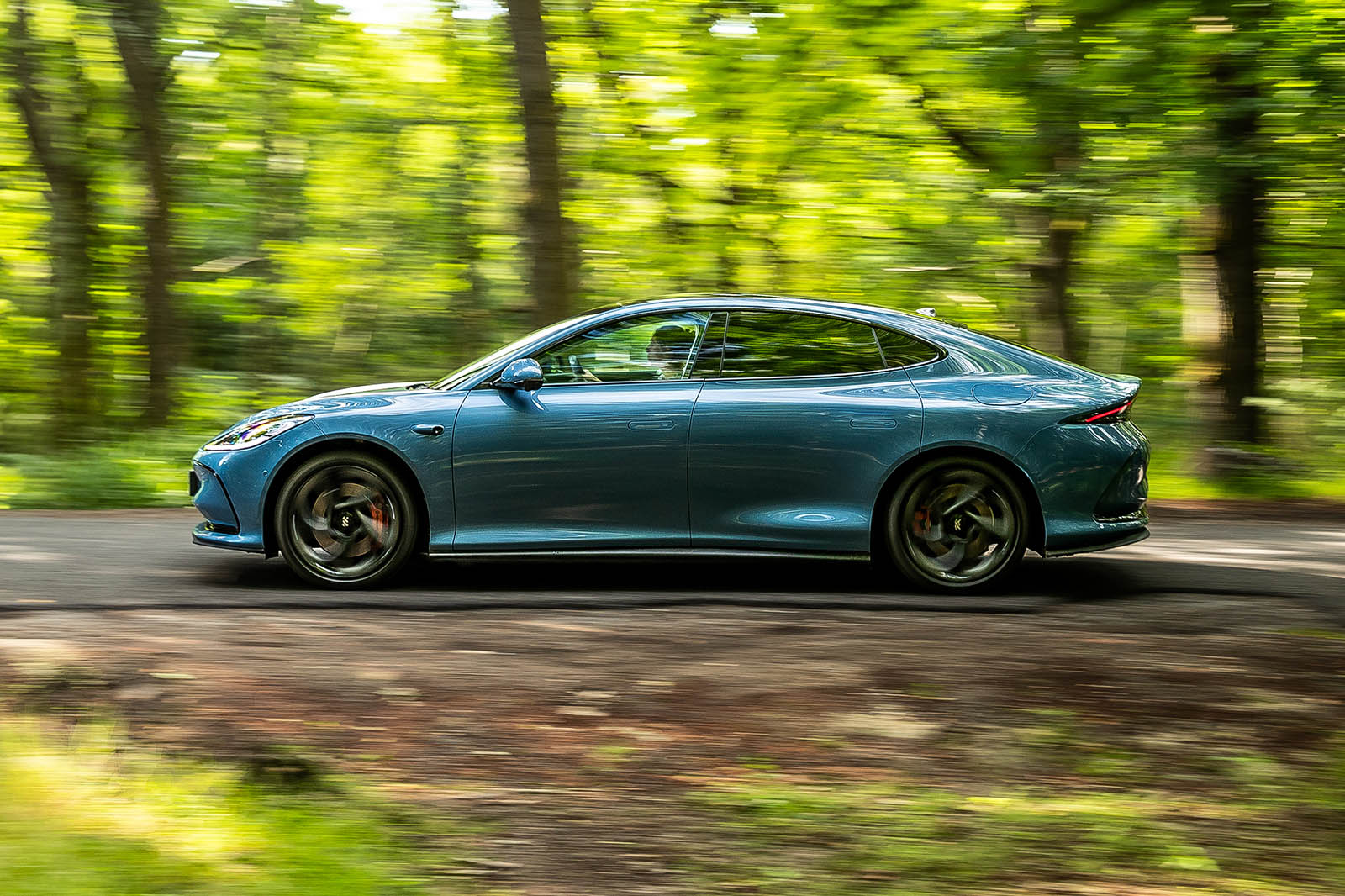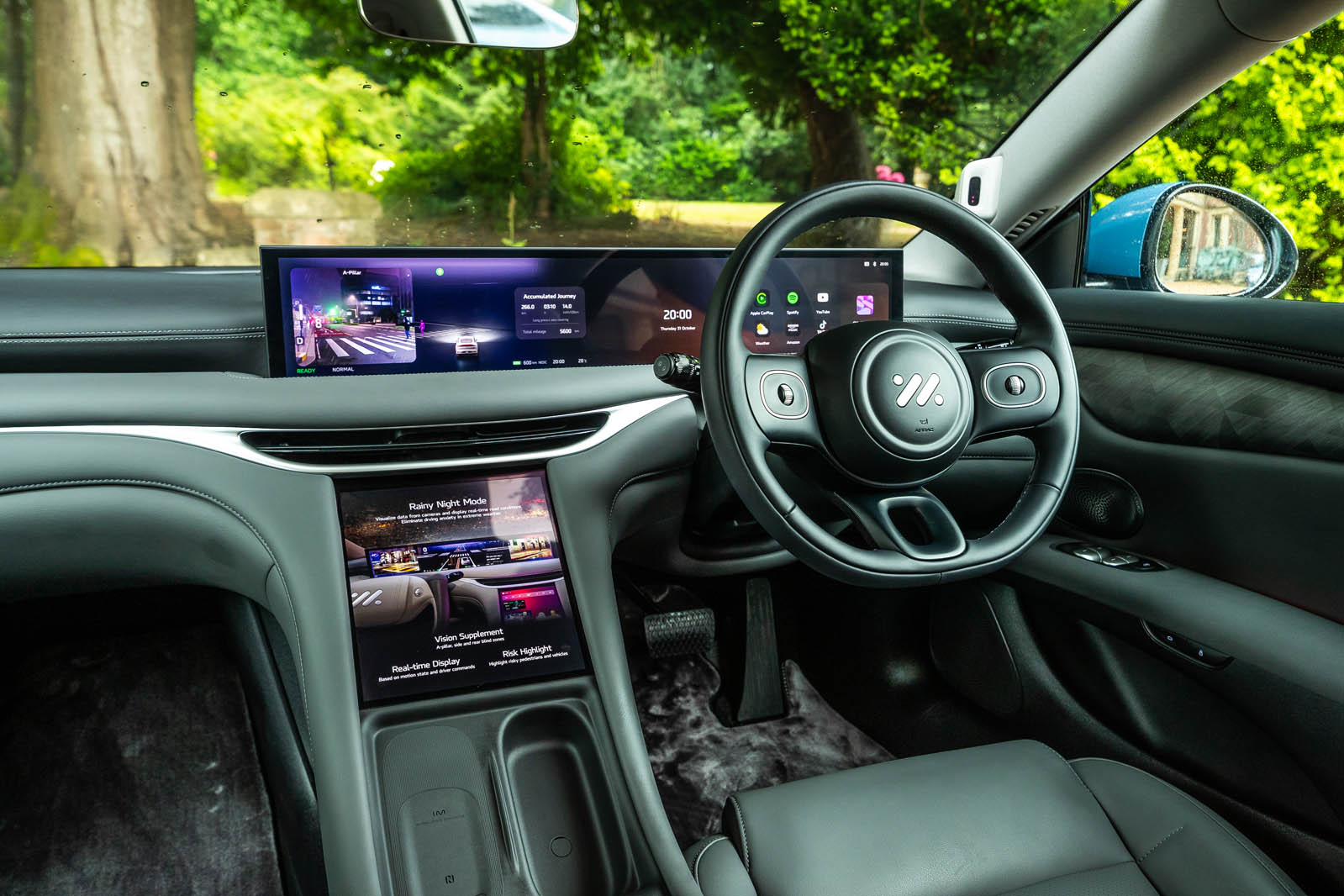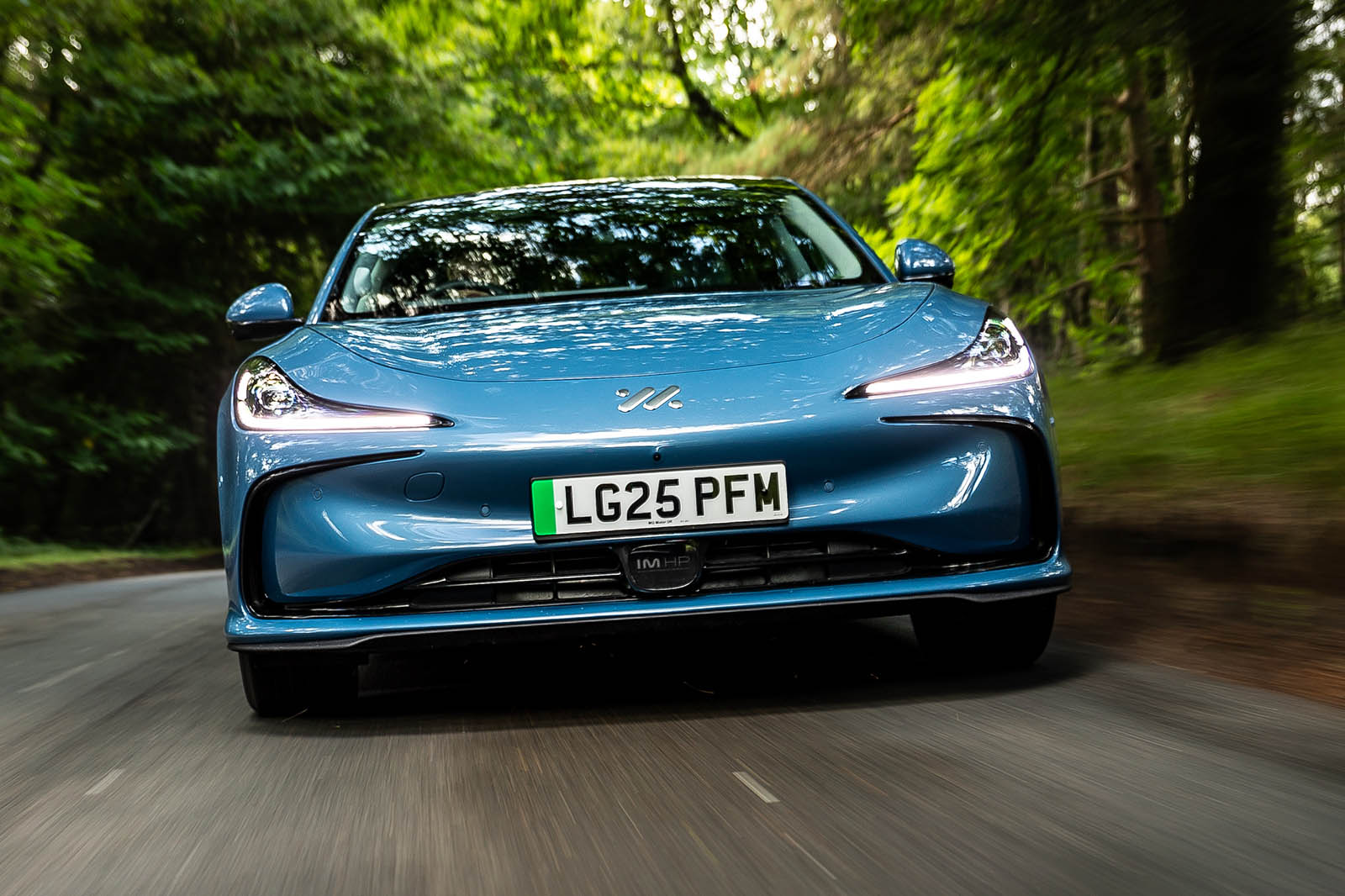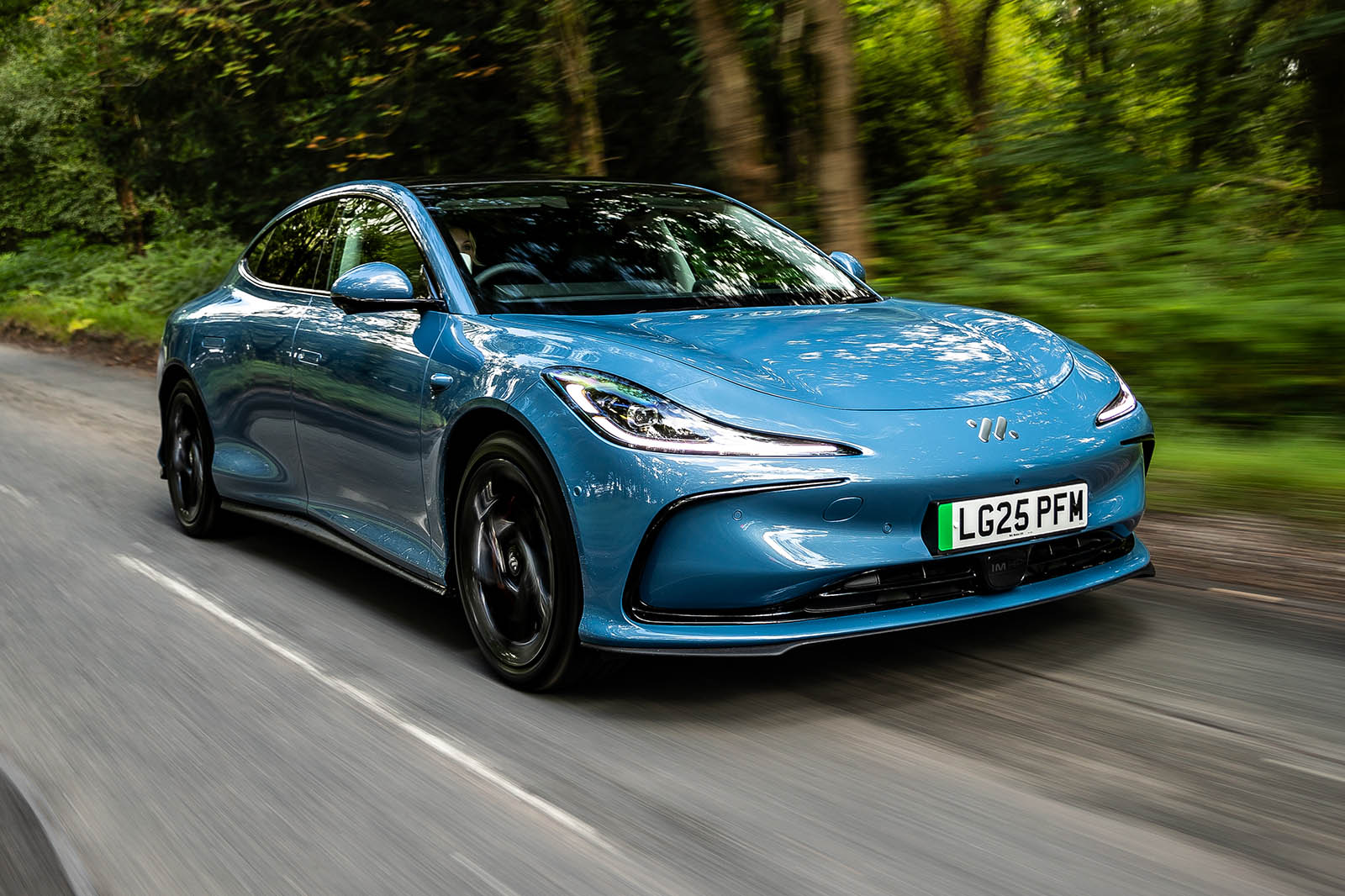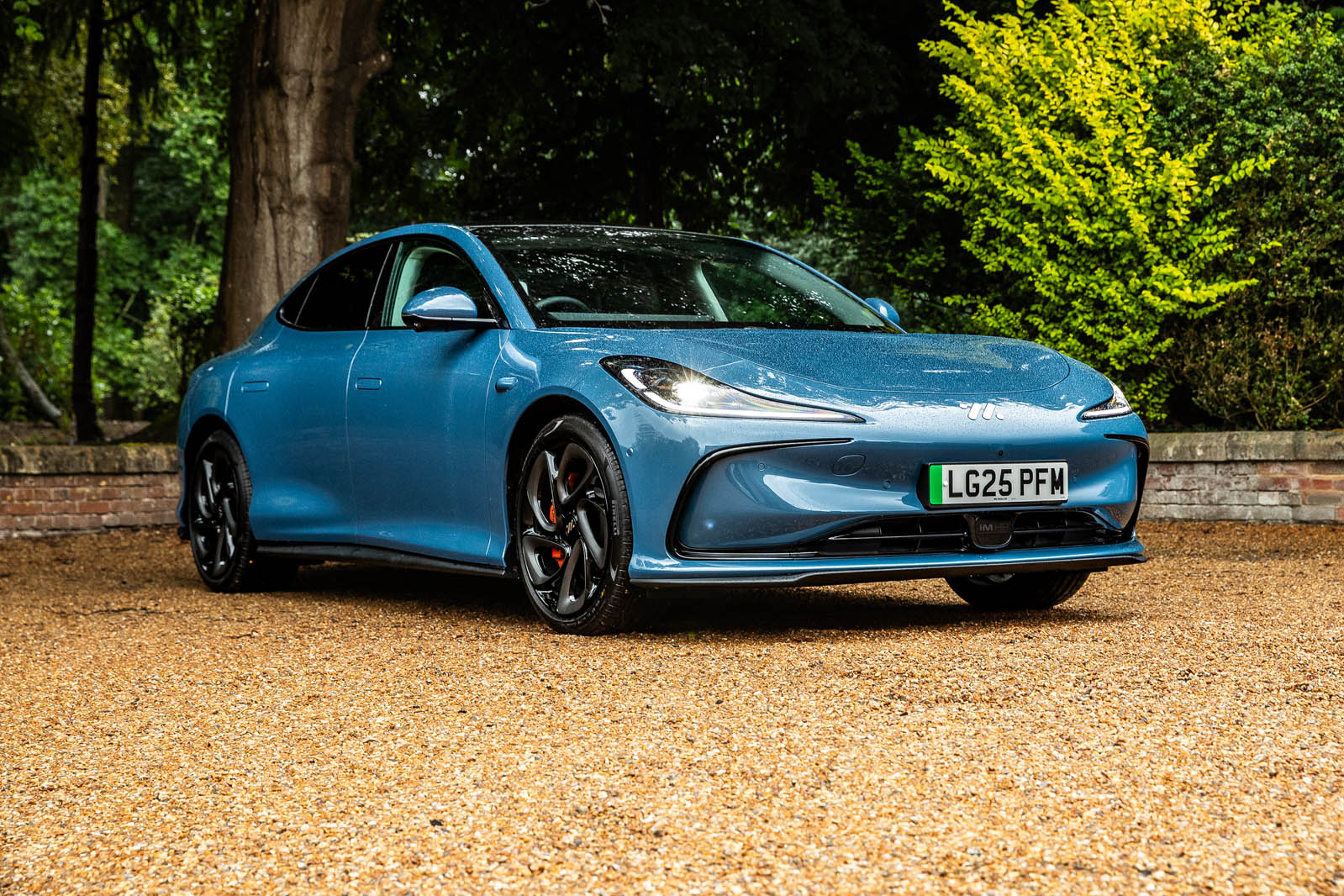MG interiors have come a long way in not a long time, but even so, the IM5 is in another league of material lavishness and lounge-like atmosphere compared with its lesser rangemates. Soft, voluptuous surfaces are trimmed in synthetic leather and a broad, raked ‘transmission tunnel' into which a 10.5in touchscreen is embedded – à la Taycan – give the sense that this is a car from a more lofty brand. Which, let us not forget, is essentially the case.
Equally, there's a faintly cartoonish manner to the architecture that feels very un-European and lends the place a certain genericness. You couldn't call the IM5's cabin superficially plush, because perceived quality is high, but it does lack charm and individuality.
Kit levels are especially high, mind. There are only two colour schemes (bright and white or grey and sombre) but heated and ventilated, six-way electric seats with adjustable lumbar support are standard across the range. So too is a vast, ‘thermal insulation’ panoramic roof, 256-colour ambient lighting, a cooled front-armrest storage cubby and MG’s road-noise cancellation system (which really does seem to work when you're on the move). There’s also a ventilated 50W phone-charging tray in the front – although note that the back row, which also features heated seats, gets only one USB-C port. It’s a small drawback on an otherwise well-equipped car.
Reading through the specification in advance of this test, there was concern that the 26.3in ‘immersive’ display that spreads itself across the dashboard would be too dominant. In reality, the display in the IM5 isn’t that tall and this makes it feel proportionally correct. The colours are also softly rendered and the icons sensibly sized, so it's easy on the eyes. We didn’t mind it, and a portion of the display dead-ahead of the driver can also display a high-resolution video feed or your blindspots via cameras in the A-pillars.
Apple CarPlay and Android Auto are neatly integrated, and apart from the odd and frankly unacceptable typo ('ramdon' instead of 'random' for one of the AC options), it's all slick enough, with little to no latency.
The lack of physical switchgear is much more likely to annoy you, because the IM5 is right up there with the Model 3 and Volvo EX30 in its attempts to create a minimalist space. Wing-mirror adjustments, for instance, are made first by a tap or two on the central touchscreen and then with the steering-wheel controls (a particular Tesla-ism, this). If you want to change the direction of a ventilation shute, you also need to do that digitally.
You use the touchscreen to control almost everything except, thankfully, for indicating and the windscreen wipers. Not the exterior lighting, though. That requires digital input. Need to quickly get your foglights up in tricky low-visibility conditions? To the menus with you! It's just not logical. At least a single press of one of the scrollers on the wheel shortcuts you to the ADAS menu, where things can quickly be disabled.
Space in the back? Good but not great. There is a lot of knee room and a fantastic sense of light provided by the glass roof, but this platform doesn’t provide cutouts in the battery to allow your passengers’ feet to easily slip under the front seats. This won’t be a problem for shorter people, but taller people will find their knees riding a bit high. The ID 7 doesn’t have this problem.
Nor indeed does it have such poor rear visibility. You slide into the IM5 and wonder why it has such a comically narrow rear-view mirror, but soon realise why that is: the aperture is Ferrari 296 GTB narrow.
Space inside the electrically opening boot is reasonable at 357 litres but should perhaps be better. The ID 7, barely any longer than the IM5, manages 532 litres, and the Seal 400 litres. The supposedly smaller Model 3 boasts more than 600 litres. You do also get a small frunk for cables and the like, but then so do the other cars mentioned.




